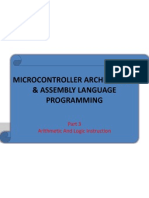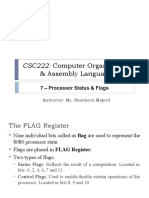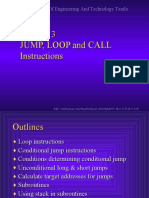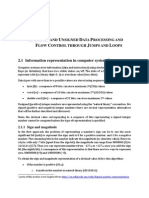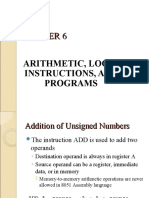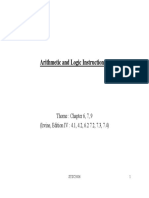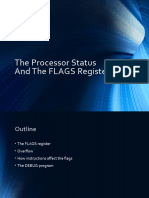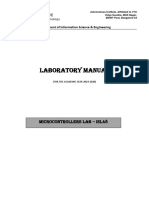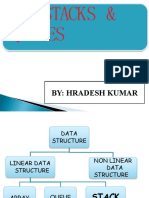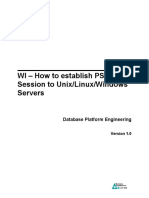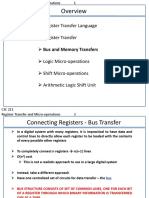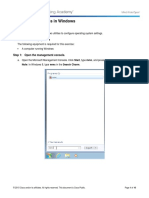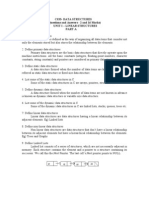0% found this document useful (0 votes)
23 views32 pagesPIC Microcontroller Arithmetic & Logic
Chapter 5 of BIOEN 442 focuses on arithmetic and logic instructions for PIC microcontrollers, covering subtraction, signed numbers, and logic operations like AND, OR, and EX-OR. It explains how to perform these operations using assembly language, including handling signed numbers and overflow issues. The chapter provides examples to illustrate the concepts and their applications in programming.
Uploaded by
lamazah78Copyright
© © All Rights Reserved
We take content rights seriously. If you suspect this is your content, claim it here.
Available Formats
Download as PPTX, PDF, TXT or read online on Scribd
0% found this document useful (0 votes)
23 views32 pagesPIC Microcontroller Arithmetic & Logic
Chapter 5 of BIOEN 442 focuses on arithmetic and logic instructions for PIC microcontrollers, covering subtraction, signed numbers, and logic operations like AND, OR, and EX-OR. It explains how to perform these operations using assembly language, including handling signed numbers and overflow issues. The chapter provides examples to illustrate the concepts and their applications in programming.
Uploaded by
lamazah78Copyright
© © All Rights Reserved
We take content rights seriously. If you suspect this is your content, claim it here.
Available Formats
Download as PPTX, PDF, TXT or read online on Scribd
/ 32



